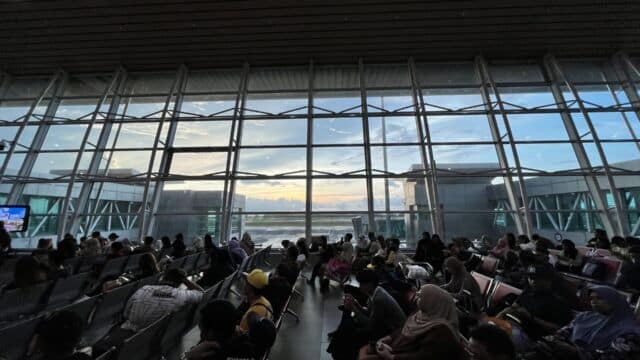Tiger Hunting is Long Gone
Photo: Khoo Siang Hong
Kahang | 2,500 words | Translated from Chinese by Minxi Chua
I rarely tell people I’m from Kahang because most people have no idea where Kahang is, can’t locate the place on any mental map they might picture.
Back when I worked in Singapore, fielding questions from people about where I was from inevitably meant zooming out on the map. I’d say I was Johorian, to which 99% of people would ask: “Are you from JB?”
“No, from Kluang.” And if they had heard of Kluang, only then would I go on to tell them: “Actually, not really Kluang, but a small town that’s close to Kluang, called Kahang.”
It was like we were playing a trivia game, and they’d reached a new level of the quiz very few ever breached. But even those who made it that far would say they’d never heard of Kahang.
People typically judge how small or large a place is by the number of people who live there. So compared to most places, Kahang is small. Here’s how I often describe it to people: there’s only one main road in the whole village, which you can easily cross.
Leave Kluang, drive on for about thirty kilometers, past a smattering of Malay kampung houses by the roadside, and you’ll start to see narrow dirt lanes split from the asphalt road, leading to residential parks, shopping streets, and the New Village. So long as you don’t turn off onto any of those lanes, you can drive across Kahang in under a minute.
You can count every building that lines either side of the road that runs through Kahang, the bank, petrol station, bus stop, health clinic, police station and public secondary school; the entire layout of the village is made clear at a glance. Shophouses on the street are at most three stories tall; a small hotel, built more recently, still has only four floors. Life here is simple, down to earth. The rest of the shops and houses are spread out along the dirt lanes that branch out from the main road. At each branch’s end, there are only palm oil plantations, dense and all-encompassing.
Even as a child, with restrictions on how far I could roam, Kahang felt very small to me. I could get to anywhere I had to go in life by walking or cycling. To put it in today’s internet lingo, there were no “hidden gems” to be found there at all.
Such a small place left little room to stretch one’s wings, it seemed. Looking back on what I can remember of the past twenty years, I had always tried my hardest to grow, always aiming to go farther and farther from home. Every child in the village knew we would one day leave.
The world is large, with a good life rarely found on the ground you’re standing on, instead always in the distance. When I was fifteen, I moved into dormitories at Kluang Chong Hwa High School, and would travel back and forth between Kluang and Kahang. From then on, home was no longer a singular place to return to. I put more than just my luggage and clothing into temporary storage, but a part of myself as well.
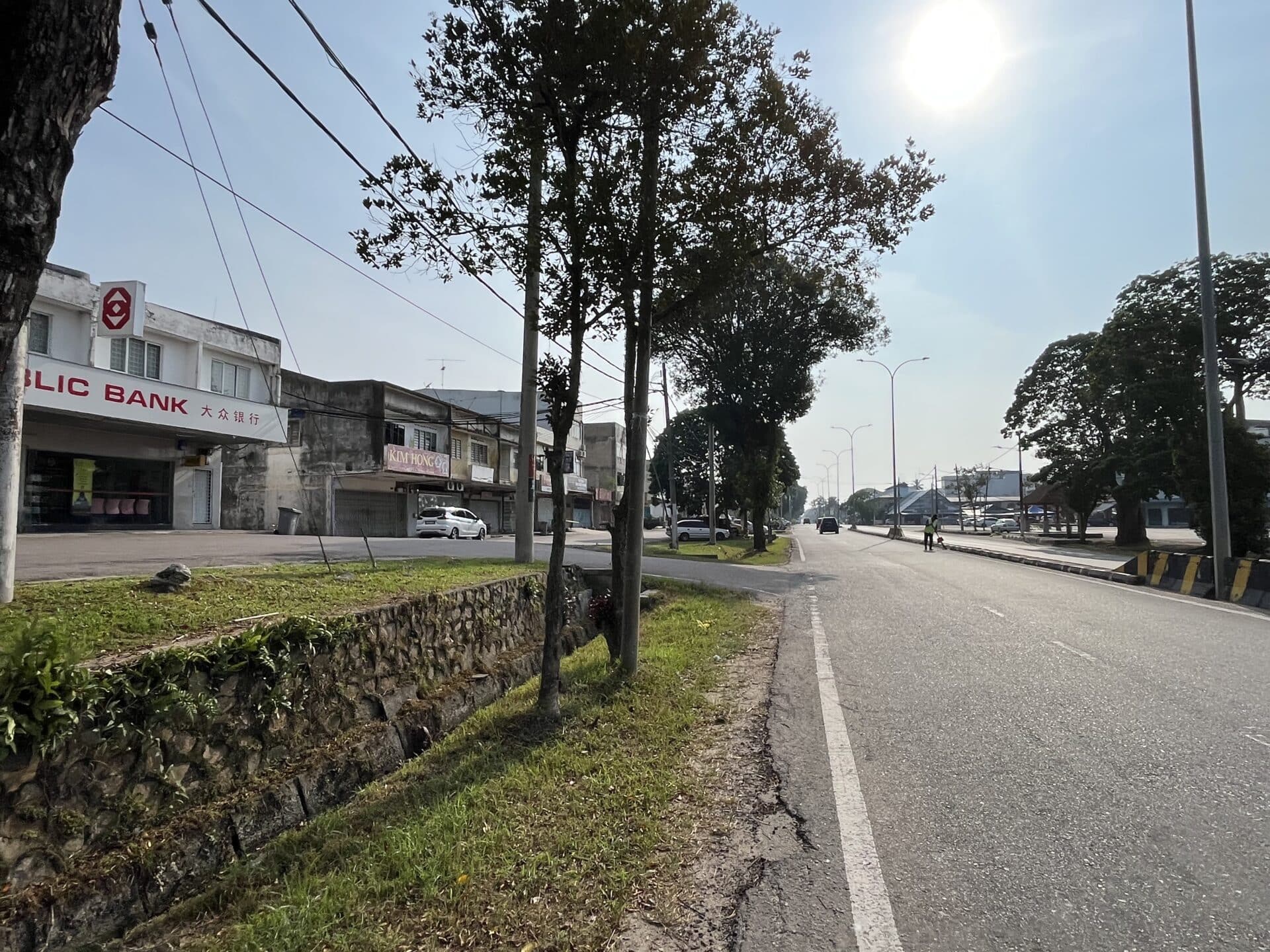
After secondary school, I studied and worked in Singapore—a stay that lasted nine years, a third of my present life. Perhaps because I was nourished on the water and soil of my hometown, my flesh and soul harbors a hidden nostalgia for small places. The weariness and loneliness of living abroad cuts me deeply. I’m also ill-suited to life in densely-populated places—where it feels like I’m living in an open jar of honey, aswarm with hundreds of thousands of ants, all struggling to survive, all hoping to taste a little sweetness.
So I decided to resign from my job and return to my hometown. The friends around me at the time were all curious—what would I do once I was back in a place so small?
And really, there wasn’t even a McDonalds or KFC in town where I could find work! Jokes aside, I had no answers to give. At the time, I thought of my return as nothing but a brief respite. I knew in my heart that I wasn’t ready to put down roots in Kahang, though I’d grown up there. I still imagined my branches stretching higher into the sky, sometime in the not-so-distant future. But if I needed a quiet and secluded corner of the world, somewhere I could recharge my battery before starting over, then there was nowhere else but Kahang for me to be.
The days passed plainly, without fanfare or flourish. After a few months back home, the start of most days began to feel like a primary school writing exercise: “On a nice sunny morning, my mother and I went to the market to buy groceries.”
In the near-empty marketplace, only the stalls selling vegetables and meat still stood. Twenty years had passed. All the other stalls had long since been left empty, stone surfaces sticky with a mix of bird droppings and moss, without any newcomers to clean them up. The vegetables and fruits being sold were still fresh; only the people had grown old. Aunties in slippers and baggy blouses spoke of nothing but what to cook for the day’s meals. With ever fewer stalls and shops selling snacks on the street, it was left to housewives to puzzle over the problem of what to cook and eat each day. Ingredients, while fresh, remained limited in variety. There were few new recipes to come up with after three hundred and sixty five days a year of cooking.
Once, the auntie who ran the vegetable stall handed me a large basket of veggies, and said to me with a smile: “It’s your mom who does the most cooking in this village.” But there are only four people in my immediate family, plus my maternal grandmother—only five mouths to feed. The auntie then started counting, and said that the street she lived on housed no more than ten people in total. If a person in one of those households picked up a pot and began banging it in the night, shouting for help, no one would dare go outside. The only people left on the street were elderly couples.
Since there were only two people in each household, it would make sense for one shopping trip to the market to last for a few day’s meals. But some aunties still went to the market every day, for a change of scenery. In Kahang, people go to the market for no other reason than to do two things with their mouths—eat and talk. A tomato or two slices of tofu can be traded for no small amount of information. There are precious few spots where people can gather in small places like Kahang, so the market becomes a hotspot of social activity. Who was in the hospital for surgery, who had a family member pass away, who ran off because of debts they owed… All matters big and small in the village are first brought to the market, and only then taken back to each individual household. To find out anything you’d like to know about Kahang, come here. The stall vendors are like Special Branch operatives.
Occasionally, I’d bump into aunties I knew, who’d invariably ask me the same questions: “Are you back on holiday?”, “When are you leaving for work?” In their minds, I was still that kid going in and out of town, always leaving and returning. Well, they’d soon know what I really was: an idler who’d resigned from her job and come back home.
A few of the aunties who saw me would sigh to my mother: how surprising, that a young person would actually be willing to wake up early and go to the market with her mom. It seemed that they had pegged me as one of those youths who comes home only once in a long while, then sleeps in until noon with their head in their arms.
There were actually quite a few fresh-faced youths in the village: mostly Vietnamese girls who’d been left behind here after marriage. You could tell them apart from the local aunties by their outfits as well as the age gap. They wore trendy jeans and tops and daubed their faces with makeup, their foundation and lipstick clearly visible. And then there were the shoes, high heels, allowing them to step delicately through puddles without fear of wetting their toes. I, by contrast, could hardly hold my head up high in a crowd in the flip-flops I trudged around in.
Kahang was once an Eden for wild game. Apart from pork, there was wild boar, squirrels, snakes, deer, turtles and more to be eaten. I’d even heard my father speak of people who ate tiger meat. There used to be three restaurants in the village that served wild game—the three culinary pillars. They could whip up a meal any way you wanted: curried, sautéed with garlic and onions, claypot style, braised in soy sauce, fried in sesame oil. Then the hunting ban was passed, and the restaurant owners passed from old age. Eating tiger meat became a thing of legend after that.
But forget wild game—now even the pork vendor wants to close his stall! There used to be another small market next to the first one, which had been built separately for stalls that sold pork. It was a small, narrow square, less a market than a shaded kiosk. The pork vendor would simply park his pick-up truck outside and use it as a stall, chopping bones and selling meat directly from it. His business was hit badly by the swine flu outbreak a few years back, along with the rising price of pork. So he took the opportunity to retire from the job.
The butcher said he’d gotten old, that he wasn’t strong enough to chop bones anymore, that it was time for him to put down his knife. Eighteen generations of pigs had died by that knife, and were now lined up for reincarnation; but there was no one lined up to pick up the butcher’s knife. With the stall closed, villagers had to drive to Kluang to buy pork. This was inconvenient, so they kept pestering the owner with questions—they pestered him so much that he sharpened his knife again, and the thudding sound of bones being chopped resumed.
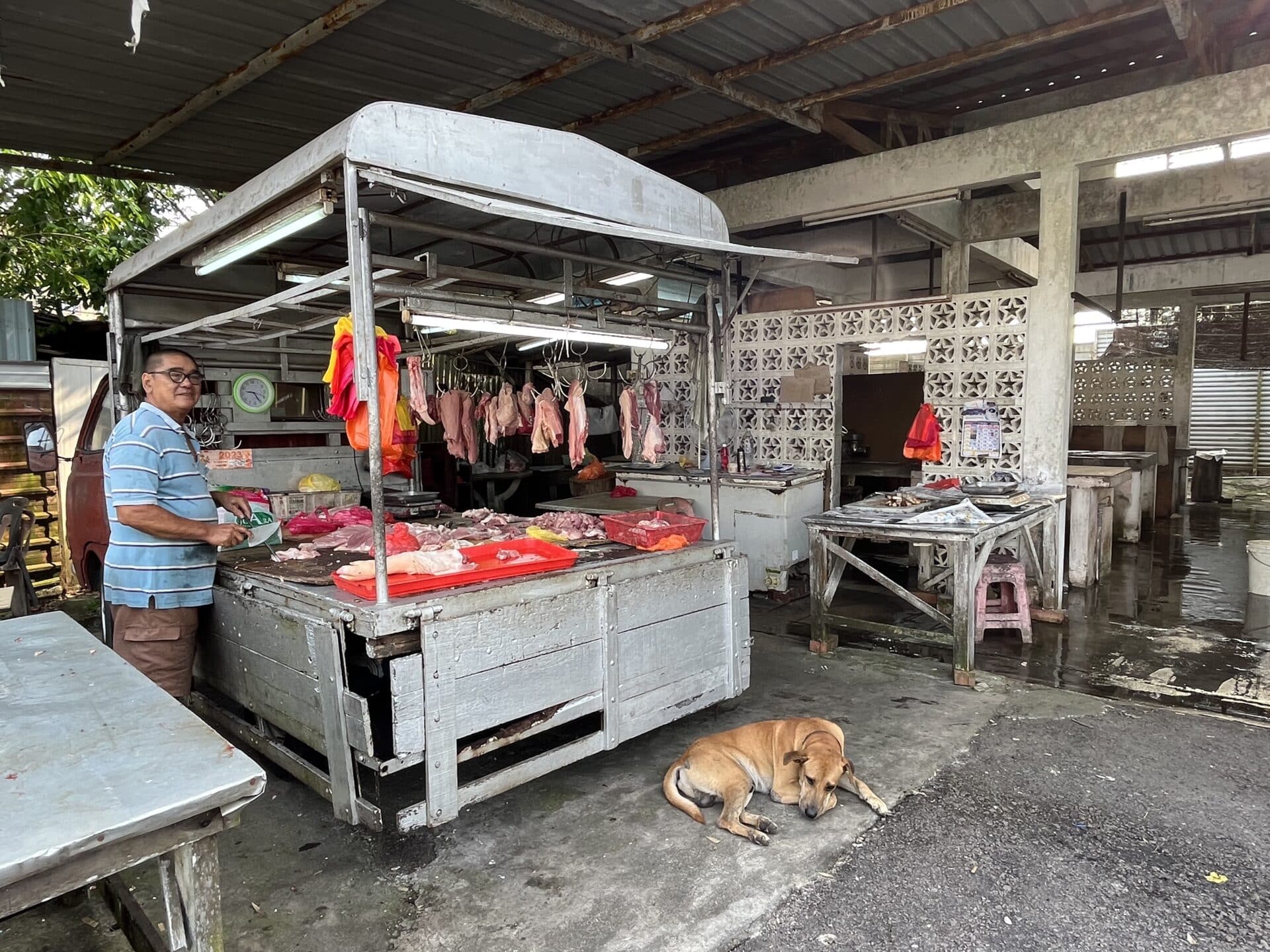
The pork stall’s reopening excited the wild dogs that lived and begged for scraps beside it more than it did human customers. These dogs have the highest fertility rate in the whole village, I’ve always reckoned. Perhaps that’s why they lie on the road with their bellies to the sky, basking in the sun haughtily as gods, not even bothering to dodge oncoming cars. When excited, they even chase down and bark at motorcycles, protesting your unauthorized entry into their domain. These territorial creatures are loyal not only to their masters—their greatest loyalty lies with the place where they live. They spend their entire lives guarding this singular spot.
To spend a lifetime guarding one location, one market stall, one butcher’s knife—such a concept is unimaginable to our generation. Back when I worked as a teacher, I’d often question myself: Is this really the identity I want to inhabit for the rest of my life? Later decisions would obviously confirm that I wasn’t content to stick to the status quo.
Walking down the street, I yearn to bump into those childhood companions or primary school classmates I used to joyfully play with as a child. No doubt they are diligently striving to make their lives wherever they are now. In this age of technology we live in, the fact is I’d only need to open social media on my phone to immediately figure out what they’re doing now. But as the years have gone by, we haven’t said so much as a “hello” on these platforms, perhaps the sole connection between us being the occasional “like”. So I have sometimes thought that if we could cross paths in our hometown, perhaps we might still have a chance to exchange a few words. We were all people who longed to leave where we came from. Our lives could intersect again only if we were willing to turn back around.
Looking back on my parents and others in their generation, I find that most of them have poured the sum total of their lives into this place. Apart from the business owners who open shops or set up stalls each morning, most people in the village are either palm oil plantation owners or farmers, whose lives are wholly contained in the ground under their feet. Those who make their living off the land must first surrender to time: at the bare minimum, for three to five years, and at most, for decades. Once a crop is planted in the ground, so too are the people who planted it, a deep-rooted interdependence. The spoils of your labors come second. Only by holding onto your will to remain can you get through the days. After all, life in a small place like Kahang is as dull as sand in an hourglass—though every minute and every second might trickle steadily down, turn it around again and it’s still the same pile of sand.
I feel that we children are not permanent residents on this land passed down by our parents. Our unrooted lives may rely on our parents’ nourishment, but still we are only lodgers here. I walk through the neighborhood bearing only the identity of “some neighbour’s kid” just as I did when I was a child. Everyone who lives in the village, everything that goes on in the village—such things are forever refracted through the lens of parental relationships.
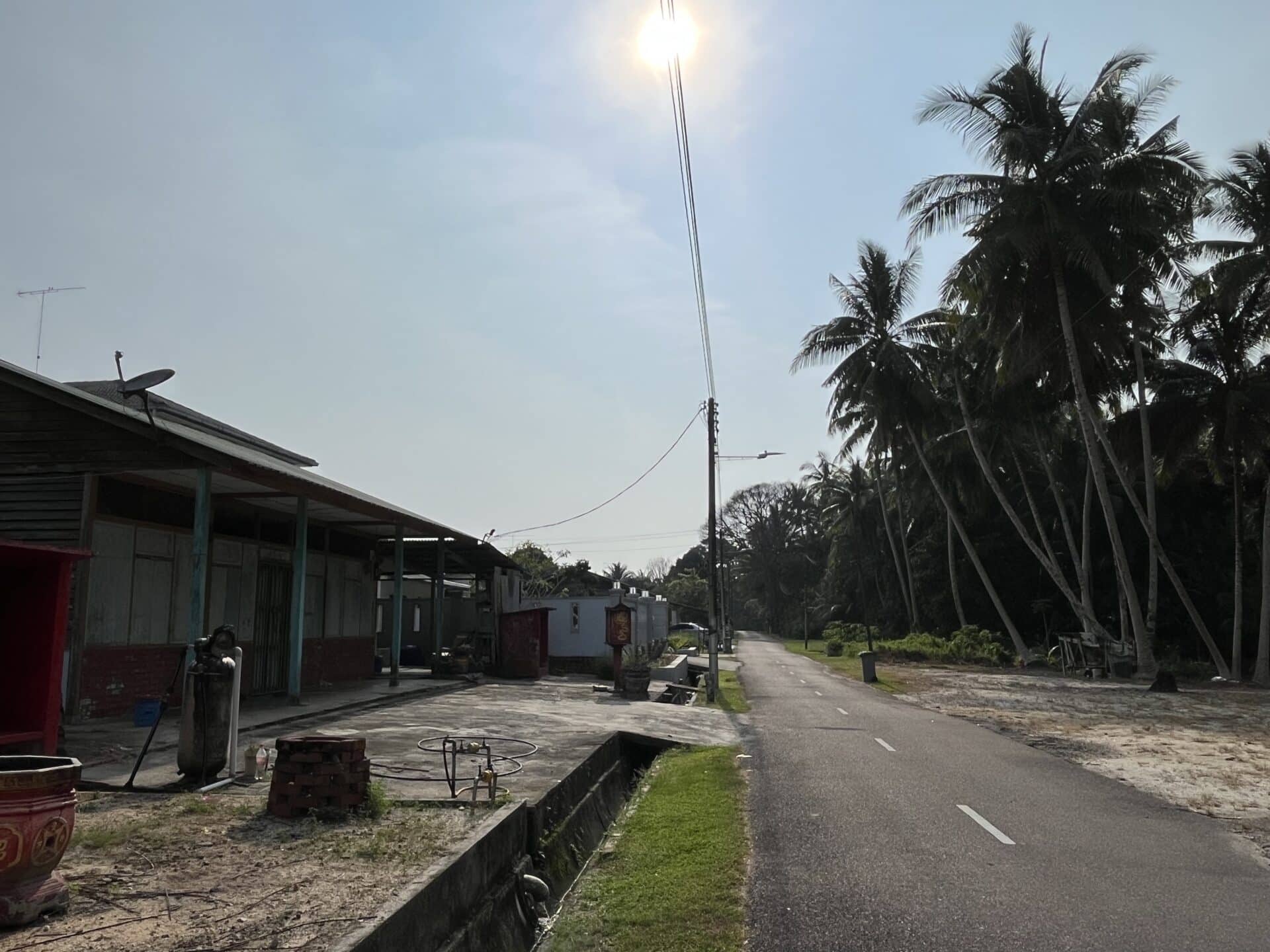
As an adult, I still don’t feel like I belong in Kahang, having spent too long away. I seem to feel a subconscious obligation to wholly identify myself as a resident of this place. But my past wanderings have allowed me to see that every place has its own web of life, with interwoven threads that spread, that have been spreading since long before we arrived there. No matter who you are, you must gather a certain amount of experience in a place before you can weave yourself into its web. Of course, whatever experience I’ve gained up to this present moment remains insufficient.
All my life, I’ve only learned how to ready myself for departure, towards the countless unknown worlds that still wait ahead of me. Unable to stay still, I find myself still missing that will to remain.
© Khoo Siang Hong
English translation © Minxi Chua
Commissioning editor: Wong Kai Hui



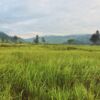
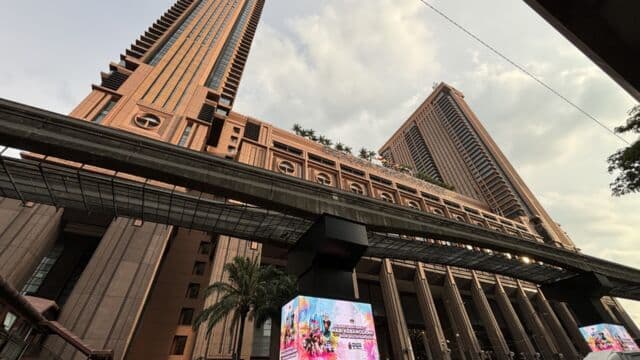
-640x360.jpg)
